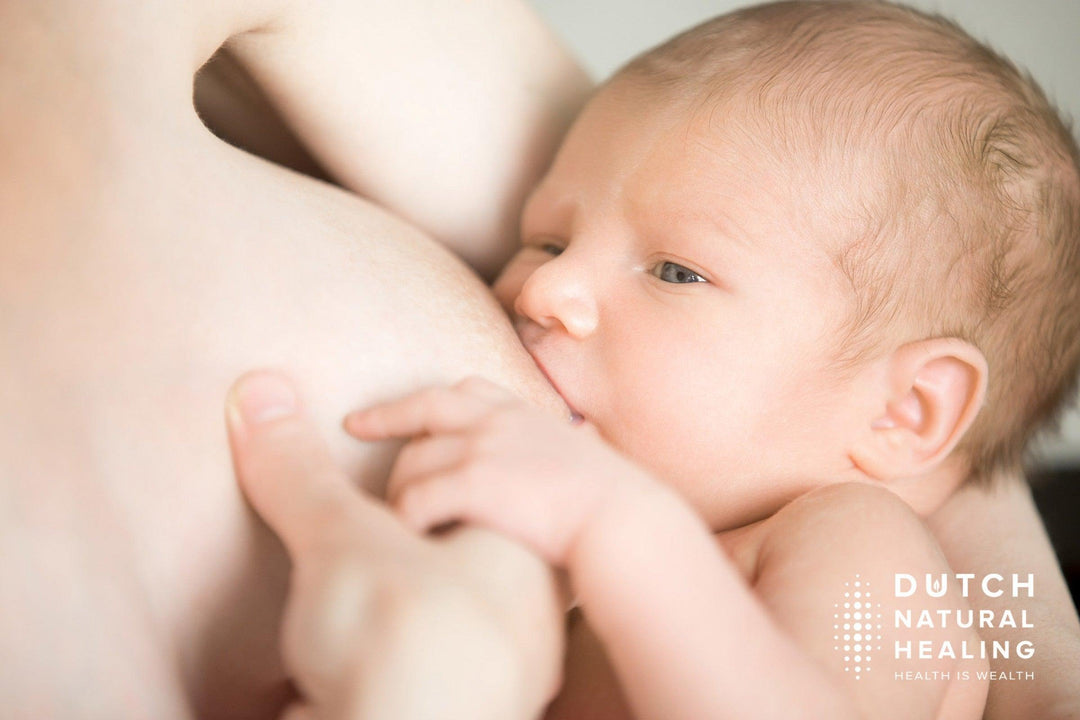The endocannabinoid system and its receptors are of great importance during prenatal development, but they are also relevant after childbirth. Not everybody is aware that there are already natural cannabinoids in breast milk and what role they play in the development of a human.
Study on body's own cannabinoids
In 2004, the European Journal of Pharmacology published a study that stated that all humans are born with cannabinoid receptors, suggesting that endocannabinoids and their receptors have a strong influence during pre and postnatal development.
Previously, during the 1970’s, it was shown that endocannabinoids could be involved in processes related to food and appetite. However, it took 30 years for endocannabinoids to be detected in bovine and human milk. Shortly thereafter, CB1 receptors of the endocannabinoid system, were seen to develop before week 14 of gestation.
What are the effects of cannabinoids in breast milk?
Based on these findings, researchers decided to investigate whether cannabinoids could be a stimulus for newborns to start drinking milk. The results of these studies demonstrated that the activation of the CB1 receptors are critical for sucking milk. This means that the endocannabinoid system is a fundamental factor for the development of a newborn’s appetite, when they are first learning to feed.
However, the endocannabinoids in breast milk do not only have food-related functions. These components have also been shown to help protect neurons in the postnatal development of the brain [1].
Children less sensitive to THC?
There is still a great deal to be discovered in relation to cannabinoids in breast milk. For example, it is known that cannabinoids adhere easily to fat, which is abundant in breast milk. That is why scientists are currently investigating whether the exposure of cannabis to the mother during the lactation period has any relevance in the transmission of active components in the plant to newborns. However, the process is being slowed down by the difficulties in analysing cannabinoids and fats separately.
So far, researchers have developed a method based on saponification, a process similar to that used to make soap, in order to isolate cannabinoids from fat in the milk. Thanks to this process, different traces of active components of the cannabis plant (such as THC) have been detected in the milk. From these findings researchers and trials have suggested that cannabinoids may make the child less susceptible to the psychoactive effects of the cannabis plant, in comparison to adults. Despite this fact, the effects of these components on infants are still practically unknown, since the current techniques are limited when measuring cannabinoids other than THC [2].
References
[1] Ester Fride, The endocannabinoid-CB1 receptor system in pre- and postnatal life. European Journal of Pharmacology, Volume 500, Issues 1–3, 1 October 2004, Pages 289-297, ISSN 0014-2999
[2] Binnian Wei, James E. McGuffey, Benjamin C. Blount, and Lanqing Wang. Sensitive Quantification of Cannabinoids in Milk by Alkaline Saponification–Solid Phase Extraction Combined with Isotope Dilution UPLC–MS/MS. ACS Omega 2016 1 (6), 1307-1313 DOI: 10.1021/acsomega.6b00253



